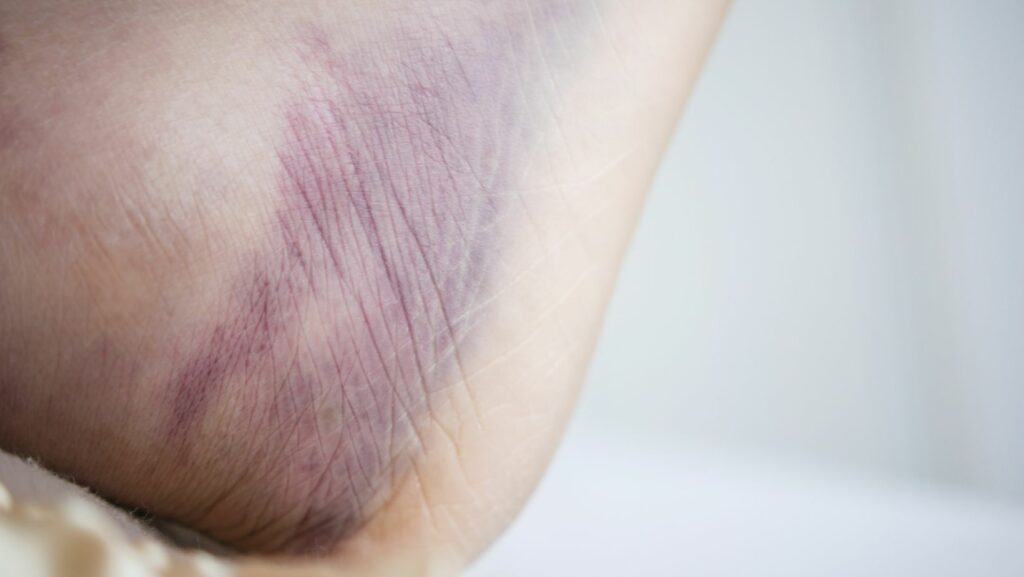
Traveling can be an exciting adventure, but for many people, it comes with the unwanted side effect of swollen feet. Have you ever wondered why your feet seem to puff up when you’re on the move? Understanding the reasons behind this common issue can help you take steps to alleviate discomfort and enjoy your journey to the fullest.
Long periods of sitting during flights or car rides can cause poor circulation in the legs, leading to fluid retention and swelling in the feet. Additionally, changes in air pressure, dehydration, and lack of movement can all contribute to this uncomfortable condition. By learning more about the factors that trigger foot swelling while traveling, you can implement strategies to prevent it and ensure a more pleasant trip.
Why do my Feet Swell When i Travel
Traveling can lead to swollen feet due to various factors. Let’s delve into the reasons behind this discomfort and how to address them effectively.
The Impact of Inactivity
Prolonged periods of sitting while traveling can hamper blood circulation in the legs, leading to fluid retention in the feet and ankles. This lack of movement slows down the natural pumping action of the muscles that helps return blood to the heart.
Changes in air pressure during flights, especially long-haul journeys, can contribute to foot swelling. Reduced cabin pressure can cause fluids in the body to move towards the feet and lower legs, exacerbating swelling. Additionally, dehydration from insufficient water intake while traveling can further amplify this issue.
Common Factors Contributing to Swollen Feet
Swollen feet while traveling can be attributed to various common factors. Here are some key reasons behind this discomfort:
Effects of High Altitudes
High altitudes, such as those experienced during flights, can impact the body’s circulation. The decrease in cabin pressure can lead to fluid retention in the lower extremities, causing swelling in the feet and ankles.
Dehydration and Dietary Influences
Dehydration is a significant factor contributing to swollen feet during travel. Insufficient fluid intake coupled with high sodium consumption can disrupt the body’s fluid balance, leading to swelling in the feet. Monitoring one’s hydration levels and maintaining a balanced diet can help alleviate this issue.
Preventive Measures to Reduce Swelling
Moving regularly during travel is crucial to prevent foot swelling. It helps maintain proper blood circulation and reduces the risk of fluid retention in the feet and ankles.
Importance of Movement and Exercise

Regular movement such as stretching and walking during long journeys is essential in combating foot swelling. Simple exercises like ankle circles, calf raises, and foot pumps can improve blood flow and alleviate swelling. Ensure to take short walks and stretch periodically to keep the blood circulating effectively.
Staying hydrated is key to reducing foot swelling while traveling. Opt for water over caffeinated or alcoholic beverages, as they can contribute to dehydration. Additionally, incorporate foods rich in potassium, like bananas, and foods with anti-inflammatory properties, such as leafy greens and berries, in your diet to help combat swelling. A balanced diet and adequate hydration can assist in maintaining proper fluid balance and reducing the likelihood of swollen feet.
When to Be Concerned About Swollen Feet
When observing swollen feet while traveling, it’s essential to be aware of signs that may indicate serious underlying conditions that require medical attention.

- Sudden and Severe Swelling: If the swelling is sudden, severe, and accompanied by pain or warmth in the legs, it could be a sign of deep vein thrombosis (DVT), a blood clot in a vein. In such cases, it’s advisable to consult professionals like the Teampa Vein Specialists who can evaluate vein health and provide expert guidance on appropriate treatment options.
- Redness or Warmth: Redness or warmth in the swollen area, along with tenderness to touch, could signify an infection that needs prompt medical evaluation.
- Pitting Edema: Pressing a finger into the swollen area and noticing a persistent indentation (pitting) could indicate heart failure or kidney disease.
- Shortness of Breath: If swollen feet are accompanied by sudden shortness of breath, chest pain, or difficulty breathing, it might be a sign of a more serious medical issue.
- Swelling in One Leg Only: Swelling that occurs only in one leg and is painful to touch might be a sign of a blood clot in the leg veins.
It’s important to monitor these signs closely when experiencing swollen feet to promptly address any potential underlying health concerns.

